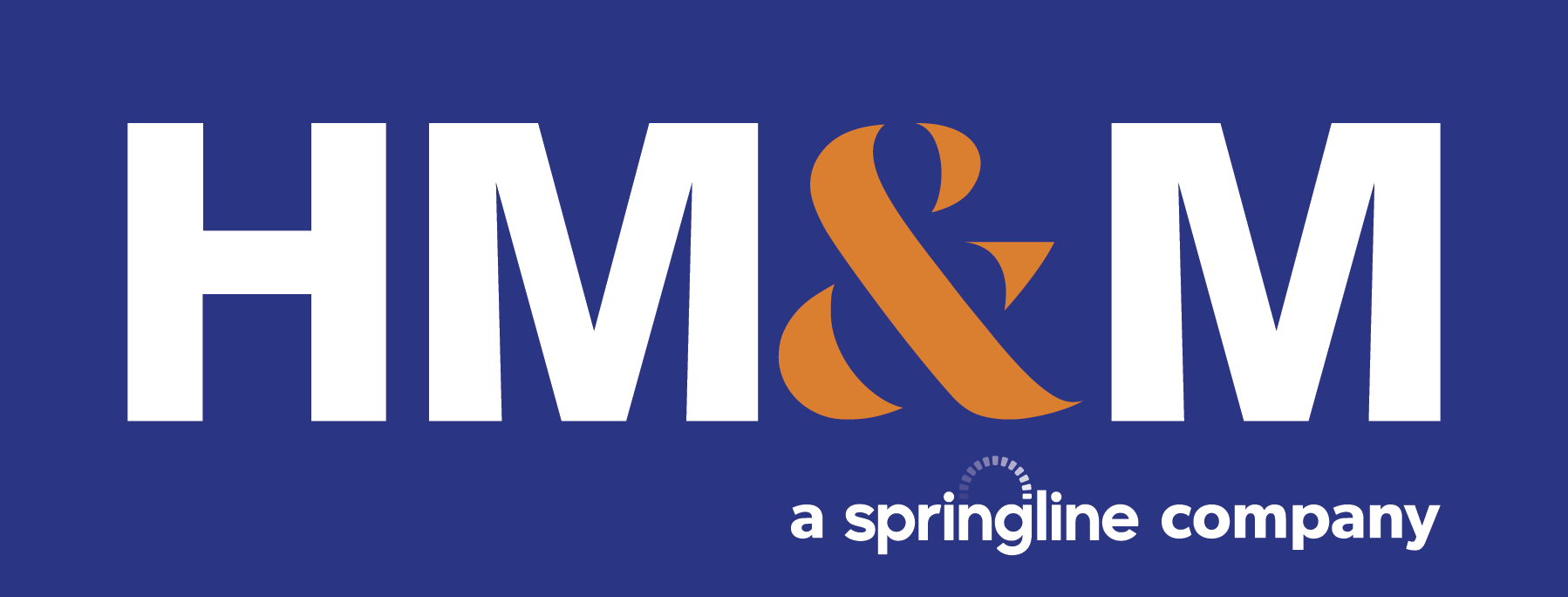Of the many provisions within the SECURE 2.0 Act, there is one that plan sponsors may want to pay particular attention to: the option to allow employees to elect to treat employer contributions as Roth contributions. We expect this provision will attract employees’ attention because it expands the retirement toolkit for plan participants. But there are important issues to navigate as the dust from the recently passed legislation settles.
Here, we share more information about this change and recommended next steps for plan sponsors if they are interested in offering this feature.
What Do Plan Sponsors Need to Know About This Change?
Prior to the SECURE 2.0 Act — which was part of the Consolidated Appropriations Act of 2023 that was signed into law on December 29, 2022 — employer contributions made to 401(k), 403(b), or 457(b) plan accounts were only allowable on a pretax basis; such contributions couldn’t be classified as after-tax Roth. Effective December 29, 2022, employers can allow employees to elect to have their matching or non-elective contributions made on an after-tax Roth basis.
This feature is optional, and employers will need to amend their plan documents to provide it. The earliest that plans adopting this change will need to be amended is the last day of the first plan year beginning on or after Jan. 1, 2025. In addition, while employers are permitted to adopt this feature immediately, it may not be operationally feasible to do so because of potential issues with tracking and reporting employee elections (more on this below) as well as depositing into the appropriate sources in the plan accounts.
Employees will need to be 100% vested in their employer matching or non-elective contributions to take advantage of the Roth option. Employees must formally elect for the employer contribution to be Roth and will need to pay taxes on such contributions. Plan sponsors will still be able deduct these employer contributions just like other pretax-based employer contributions.
Important Questions on Reporting and Tracking
While participants will need to formally elect Roth employer contributions, it is unclear how the action will be documented in plan records as well as reported to both service providers and applicable government agencies. It seems logical that this process would be similar to a deferral election, in which case recordkeepers would track Roth contributions. But most service providers do not yet know how their recordkeeping systems will be updated to accept and track such Roth contributions. Service providers must invest time and money to establish the required functionality, and it seems that they may want to give the Internal Revenue Service (IRS) time to issue guidance before making the required updates to their technology and operations.
Other issues that must be clarified by the IRS include whether to report the taxes owed on the newly designated Roth employer contributions on Form 1099-R (which would only capture income taxes) or Form W-2 (which would capture both income and employment taxes), the creation of Roth election forms, and whether this election will be made annually. Thus, the potential rollout of this plan feature may be stalled until the IRS provides guidance and service providers update their recordkeeping and tax reporting systems.
What Should Plan Sponsors Do Now?
Plan sponsors interested in offering this new option to participants should speak with their service providers as soon as possible to determine how this feature may work for their organization. Service providers may move more quickly to establish the required systems and processes if enough plan sponsors proactively ask for this feature.
Although employers don’t need to immediately amend their plans to allow for this feature, plan sponsors that are interested in offering it should carefully document their process so all of the proper provisions are covered when it is time to prepare the amendment.
Plan sponsors should also keep in mind that participants may not be fully aware of the tax implications of moving to a Roth matching or non-elective contribution. Employers should prepare to educate participants on the tax implications — including that Roth employer contributions will be included in a participant’s gross income and will therefore be taxed at regular taxable wage withholding rates. Participants should understand that a significant contribution may even push them into a higher tax bracket. It is always a best practice for plan participants to discuss their retirement planning and elections with a tax advisor to ensure it fits their needs and tax position in the best way.
Insight: Compare Your Options Carefully
Even before the passage of SECURE 2.0, plan sponsors offering Roth deferrals could allow participants to do an in-plan conversion of monies from a Pretax 401(k) or 403(b) to a Roth account.
So, is it better for plan sponsors to keep the Roth conversion provision in place, move to the new SECURE 2.0 feature, or allow for both? Some organizations may want to offer Roth conversions in certain plans and the new Roth feature in others — plan sponsors need to understand both approaches before determining the best path forward. In the end, the answer likely should rely on a side-by-side comparison of actual situations affecting your organization.
This article is courtesy of BDO USA. www.bdo.com
Latest News
On June 9, the IRS released Announcement 2022-13, which modifies Notice 2022-3, by revising the optional standard mileage ...
At the tail end of 2021, the Internal Revenue Service (IRS) released new Schedules K-2 and K-3 effective ...
This information is current as of Sunday, November 21, 2021. On Friday, November 19, 2021, after the Congressional ...
HM&M Updates
DALLAS, Dec. 11, 2024 – Springline Advisory, a trailblazing financial and business advisory firm, is proud to announce its partnership ...
Last month, Senior Manager, Pearl Balsara was invited to speak at the 2023 FPA DFW Annual Conference in ...
We are pleased to announce the winners of the 2022 HM&M Excellence Awards. Ronna Beemer, Keith Phillips, and ...










